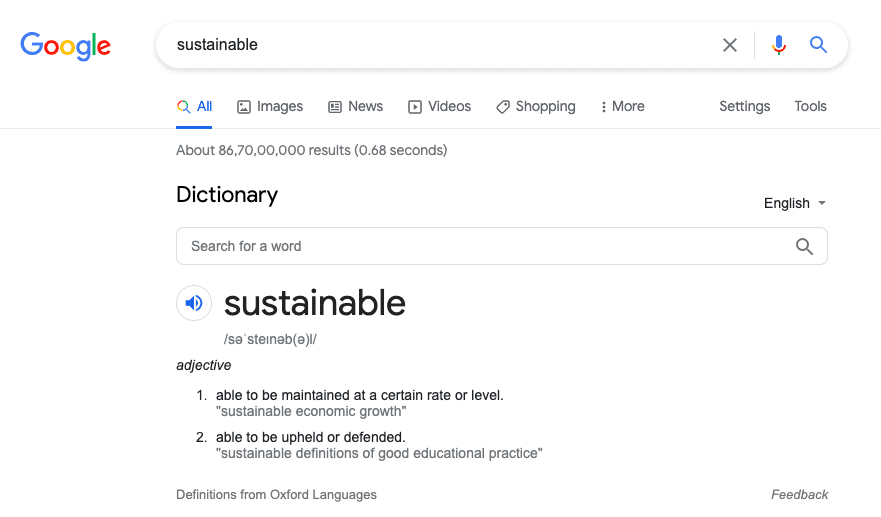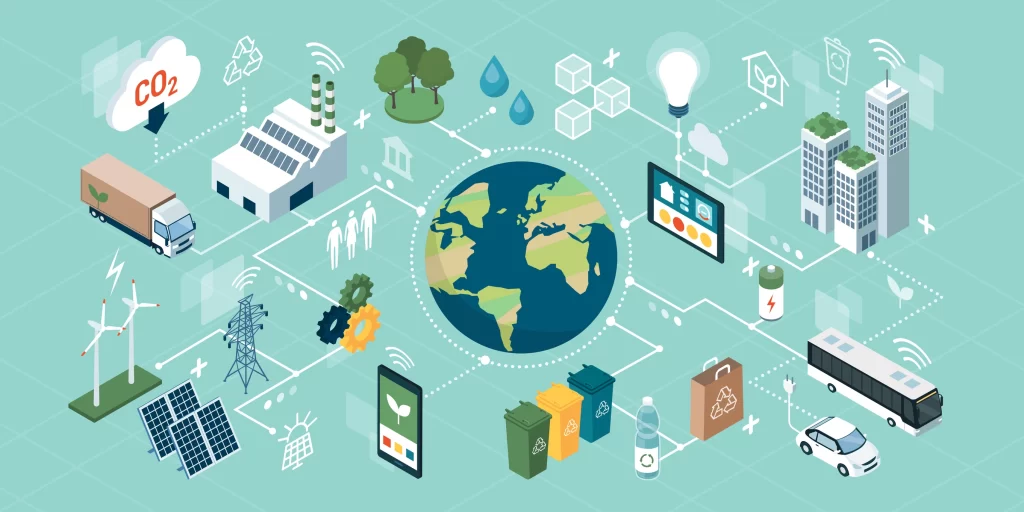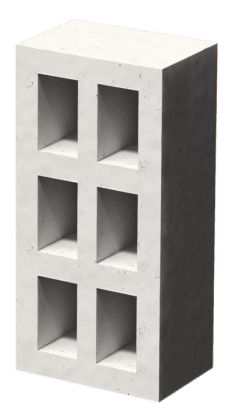INTRODUCTION
Sustainable is defined as, “(the) avoidance of the depletion of natural resources in order to maintain an ecological balance” and gained traction as a concept only after the 1970s US oil crisis[1]. Though the reducing oil supply harboured a need to conserve oil and use it more efficiently, the focus of solutions were more on attaining ‘economic benefits’ for stakeholders instead of achieving an ‘ecological balance’. From the 1970s to now, the world has undergone a lot of industrial growth and the factors affecting the environment have continuously increased in number. With rising sea levels and deteriorating air quality world over, positive climate action is the need of the hour, but efforts towards sustainability still seems to be lost.

CONSTRUCTION SECTOR OVERVIEW
Our sector of construction is widely known for being responsible for 40% of the global carbon emissions[2], but it too seems lost in understanding and applying sustainability. Concrete, wood, steel, plastic, stone, clay, etc. which are among the most common materials used and all of them are doubly negative with harmful emissions in their procurement and manufacturing, and performing poorly during operation with environmental efficiency.[3] Despite this, buildings and infrastructure are still given tags of being ‘green’ and ‘environmentally efficient’ for addressing certain limited aspects of mostly design and sometimes materials. The authors of the paper “The Unsustainability of Sustainable Architecture” argue that this partial attention to sustainability still results in an unsustainable building, whereas to have any sort of real environmental benefit, the concept of sustainability must be applied to all aspects of the architecture.
ELEMENTS OF SUSTAINABLE ARCHITECTURE[4]
(i) Energy
The energy consumed during construction and operation is an important metric that has significant correlation to the carbon footprint of a structure. Sourcing the energy through renewable sources, reducing energy wastage, as well as maximising operational efficiency is key in ensuring that electricity used and cost of energy for users of the infrastructure stay low.
(ii) Emissions
The emissions generated, and their handling are key aspects that need to be in accounted for right from the stages of planning the construction. These range from the release of greenhouse gasses such as Carbon Dioxide, Methane, Nitrous Oxide, Volatile Organic Compounds (VOCs), Sulphur Dioxide, to pollutants like dust and organic and inorganic wastes, which occur from material procurement and transport, to construction of the building, use of the building, and even after it’s demolition. Waste management plans are a must in today’s world and the lack of a system, or even an improper model of waste management not only generates dangerous emissions but can interrupt day-to-day use of the structure.
(iii) Water
With cities across the world facing water shortages, the water used by industrial processes and during construction need to be cut down. This principle should also be applied to water used by the occupants of the building using technology and appropriate education, along with maximising the use of wastewater and rainwater.

(iv) Material wastage
In the construction stages on average 10-13% of the materials remain unused. Further, the building upon end of the life, more often than not, ends up in landfills. Site waste management plans (SWMPs) for the construction phases must be put in place and legislations too need to do their bit to assist this massive waste generation. Upon demolition of the structure too, there must be a conscious effort to recycle as much of the material as possible.
(v) Biodiversity
The flora and fauna of a region through the process of construction must be created, or enhanced, or at the bare minimum, be retained. This not only applies to the area that the built environment occupies but also the effect of materials and their sourcing that influences natural resources and can cause the loss of habitat for many species. For example, large swaths of forests and farms are cleared to use topsoil for making clay bricks and their baking process further adds carbon emissions into the atmosphere which is extremely harmful.
(vi) Sourcing
Procurement optimisation is a necessary element of construction in today’s hyper-connected world. Despite the falling costs of logistics, it is necessary to source materials locally to reduce the significant negative climate impact that transportation can cause. A conscious effort must also be applied to reusing materials and acquiring them from recycled sources.
(vii) Social Impact
Our infrastructure needs to facilitate social change by moving on from being stagnant eyesores from the industrial era to instead becoming a living, daily reminders of making better buildings. Our society has various social, mental, physical and behavioural factors that benefits when surrounded by healthier built environments, and therefore architects and planners need to be conscious of their ability to modify user behaviour along with the physical spaces they design.
(viii) Calculating Climate Impact
Testing and measuring climate impact are essential processes that needs to be expanded to all infrastructure that we currently occupy and plan to construct. This effort will not only help overhaul large volumes of our existing built environment but also makes us more critical to micro elements that constitute to construction. As the authors of the paper “The Unsustainability of Sustainable Architecture” argue, we need to use our existing infrastructure in more efficient manners and reduce their operational footprints but also, there is a vast volume of construction ahead of us that needs to encompass sustainability holistically.
CONCLUSION
At GreenJams, we spend every single day trying to be more sustainable than the last and our products, Agrocrete®, Hempbloc™ and Bindr™ are constant efforts to address the enormous problems of crop residue management and the construction industry emissions. As listed above, buildings and infrastructure have too many aspects that determine environmental performance and therefore, we’d love to hear from you about newer technologies, processes, people and organisations that can help us build better buildings and maintain the ecological balance our future generations need. It’s time we put no effort to green-washing and all effort into actual sustainability!
[1] https://www.history.com/topics/1970s/energy-crisis [2] https://www.worldgbc.org/news-media/WorldGBC-embodied-carbon-report-published [3] https://cmapspublic.ihmc.us/rid=1Q78DC21Q-1Z286JT-2NM3/Life%20cycle%20assessment%20of%20building%20materials_XXX.pdf [4] https://constructingexcellence.org.uk/wp-content/uploads/2015/02/SUSTAINGUIDE.pdf



